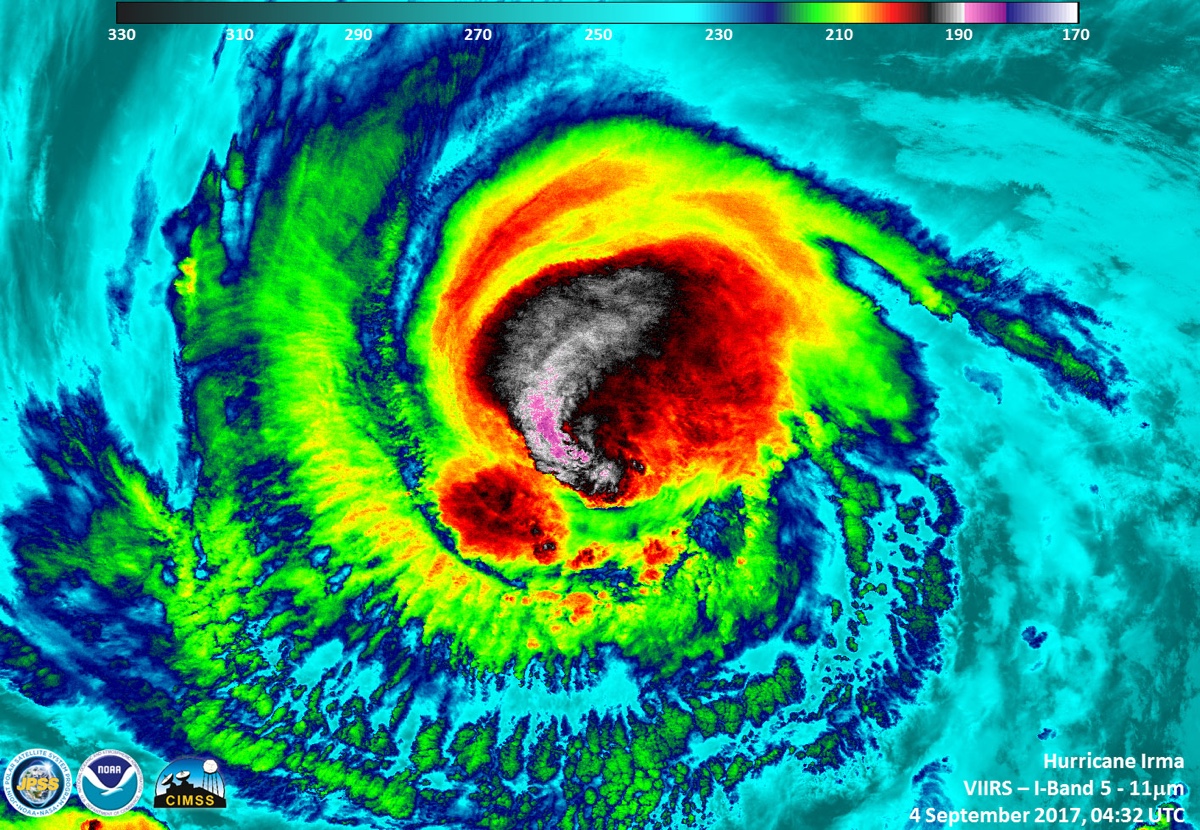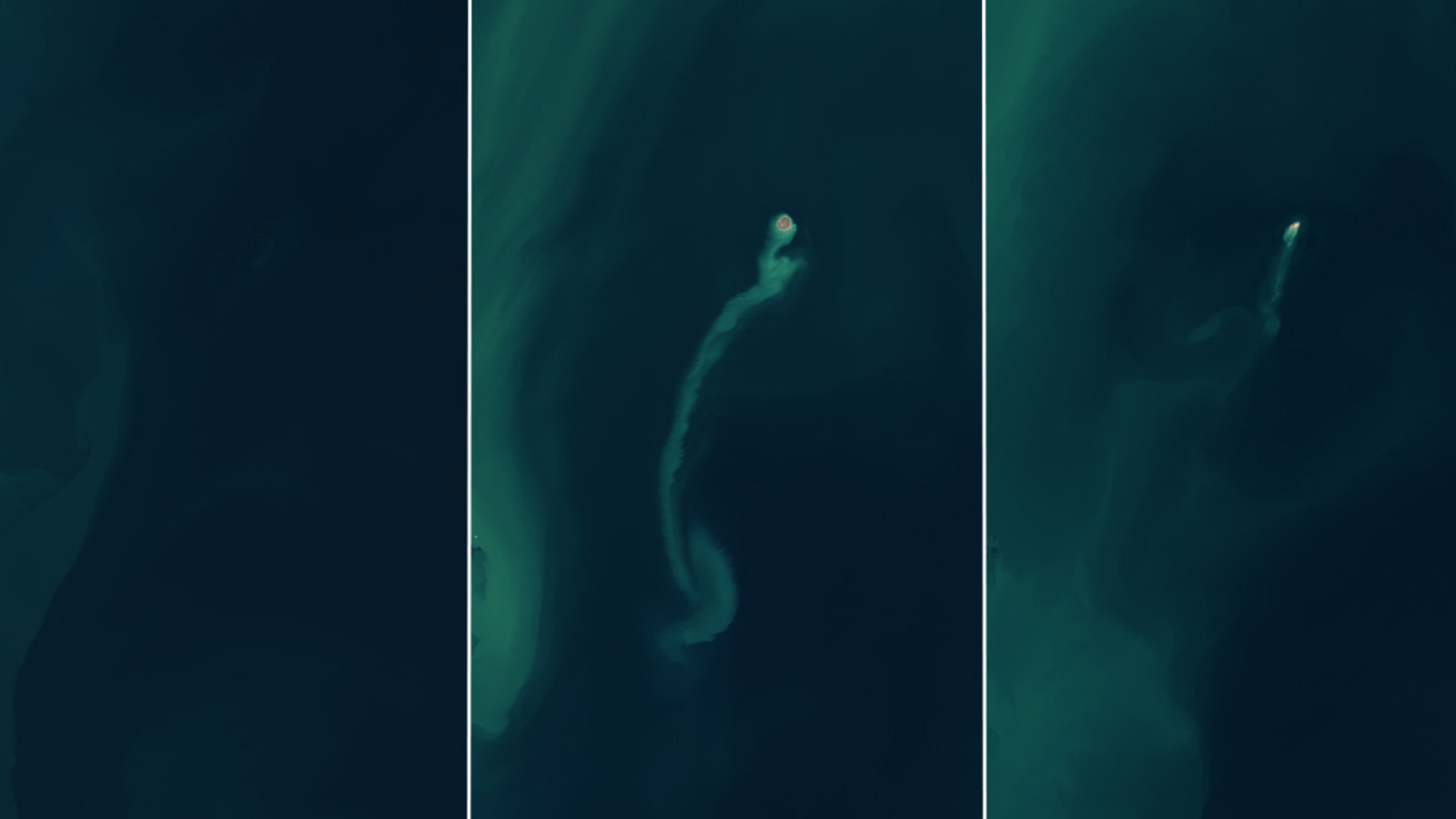Florida Declares State of Emergency as Hurricane Irma Becomes Category 5 Superstorm
Florida's governor has declared a statewide emergency in response to Hurricane Irma, now a Category 5 storm churning in the Atlantic Ocean that seemingly has its sights set on Florida.
"By declaring a state of emergency in all 67 Florida counties, Governor [Rick] Scott is ensuring that local governments have ample time, resources and flexibility to get prepared for this dangerous storm and are not hindered, delayed or prevented from taking all necessary actions to keep communities safe," according to a statement from Scott's office on Sept. 4.
The National Hurricane Center (NHC) declared the storm a Category 5 on the Saffir-Simpson Hurricane Wind Scale this morning (Sept. 5), with maximum sustained winds nearing 180 mph (285 km/h). [Hurricane Season 2017 Guide]
In addition to the governor's declaration, he also asked President Donald Trump to declare a "pre-landfall" state of emergency in Florida so that resources and assistance from the federal government would be available for actions such as shoring up beach dunes, building emergency berms and planning for any evacuations, according to a statement from Scott on Sept. 5.
In a letter to Trump requesting the state of emergency, Scott said that Irma "could result in a major disaster for significant portions of the state of Florida," when it makes landfall, something that could happen later this week or this weekend, according to the NHC. [Hurricane Irma Photos: Images of a Monster Storm]

Scott urged Floridians to have a disaster plan in place, to remain vigilant, and to continue monitoring local weather reports.
Though forecasters can never be sure where and when a tropical storm will hit, a forecast from the NHC this morning indicated that "the chance of direct impacts from Irma later this week and this weekend is increasing in the Florida Keys and portions of the Florida Peninsula. However, it is too soon to specify the timing and magnitude of the impacts."
Get the world’s most fascinating discoveries delivered straight to your inbox.
Irma comes on the heels of the first hurricane of the Atlantic hurricane season, Harvey, which smacked into the coast of Texas as a Category 4 storm, bringing unprecedented rainfall to areas around Houston.
Live Science has basic information on how to devise a hurricane preparedness plan.
Originally published on Live Science.
Jeanna Bryner is managing editor of Scientific American. Previously she was editor in chief of Live Science and, prior to that, an editor at Scholastic's Science World magazine. Bryner has an English degree from Salisbury University, a master's degree in biogeochemistry and environmental sciences from the University of Maryland and a graduate science journalism degree from New York University. She has worked as a biologist in Florida, where she monitored wetlands and did field surveys for endangered species, including the gorgeous Florida Scrub Jay. She also received an ocean sciences journalism fellowship from the Woods Hole Oceanographic Institution. She is a firm believer that science is for everyone and that just about everything can be viewed through the lens of science.
